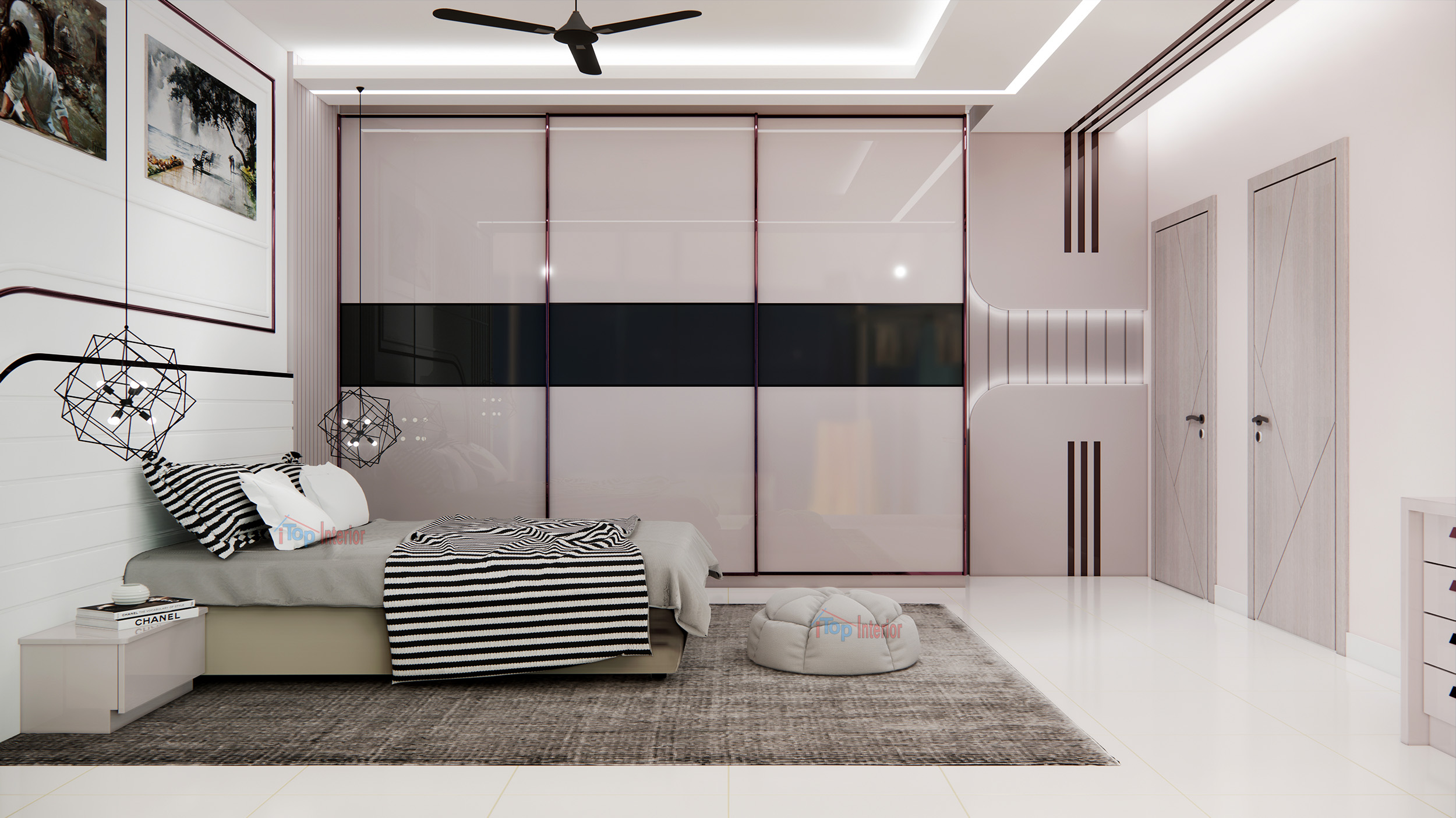The kitchen is undeniably the heart of every Indian household. It’s where delicious meals are prepared with love, and families gather to share memorable moments. When it comes to designing or renovating an Indian kitchen, choosing the right colors can significantly impact the overall aesthetics, ambiance, and functionality. In this article, we will explore the best color selections to create a visually appealing and culturally relevant Indian kitchen.
Embrace Vibrant Hues
Indian culture is renowned for its vibrant colors, and incorporating them into your kitchen design can add a touch of liveliness and energy. Consider opting for shades like rich reds, deep oranges, bold yellows, or royal purples. These hues reflect the warmth and vivacity of Indian traditions and can instantly elevate the mood of the space.
Soothing Neutrals
While vibrant colors can bring a sense of vibrancy, balancing them with soothing neutrals is equally important for creating a harmonious environment. Neutrals such as whites, creams, beiges, and light grays can help tone down the overall visual intensity, providing a serene backdrop that complements the vibrant elements of an Indian kitchen.
Earthy Tones
Drawing inspiration from nature, earthy tones work exceptionally well in Indian kitchens. Shades of warm browns, terracotta, ochre, and olive green can create a connection with the earth, evoking a rustic and organic feel. These colors also pair beautifully with wooden cabinets, traditional accessories, and natural stone countertops.
Accent Colors
Incorporating accent colors strategically can add depth and visual interest to your kitchen. Choose a color that complements the primary palette and use it sparingly to highlight specific areas or features. For example, a vibrant turquoise backsplash, a deep maroon accent wall, or colorful patterned tiles can inject personality into your kitchen design.
Traditional Touches
To infuse a traditional Indian touch into your kitchen, consider incorporating colors associated with Indian culture and heritage. For instance, shades like saffron orange, auspicious yellow, or royal blue, inspired by Indian textiles or historical monuments, can add an authentic flair. These colors can be introduced through wall paint, furnishings, or decorative elements.
Balance and Contrast
Creating a well-balanced color scheme is crucial for any kitchen design. Pay attention to the size and layout of your kitchen, as well as the amount of natural light it receives. Darker colors can make a smaller kitchen feel cramped, while lighter shades can make it appear more spacious. Strike a balance by pairing lighter and darker colors, and use contrast to create focal points or highlight specific areas.
Conclusion
The color selection for your Indian kitchen plays a vital role in creating a visually appealing and culturally relevant space. By embracing vibrant hues, incorporating soothing neutrals, and adding earthy tones, you can strike the perfect balance between tradition and modernity. Don’t shy away from accent colors and remember to consider the size and layout of your kitchen to create a well-balanced and harmonious environment. With careful color choices, your Indian kitchen will become a delightful space where cooking and gathering with loved ones is a joyful experience.




